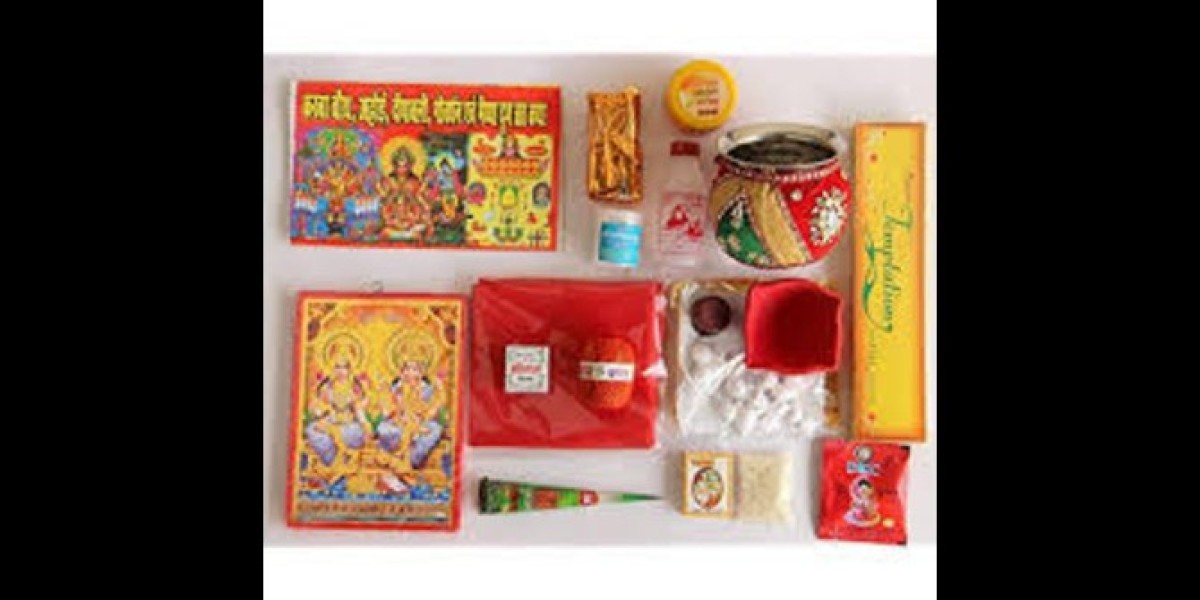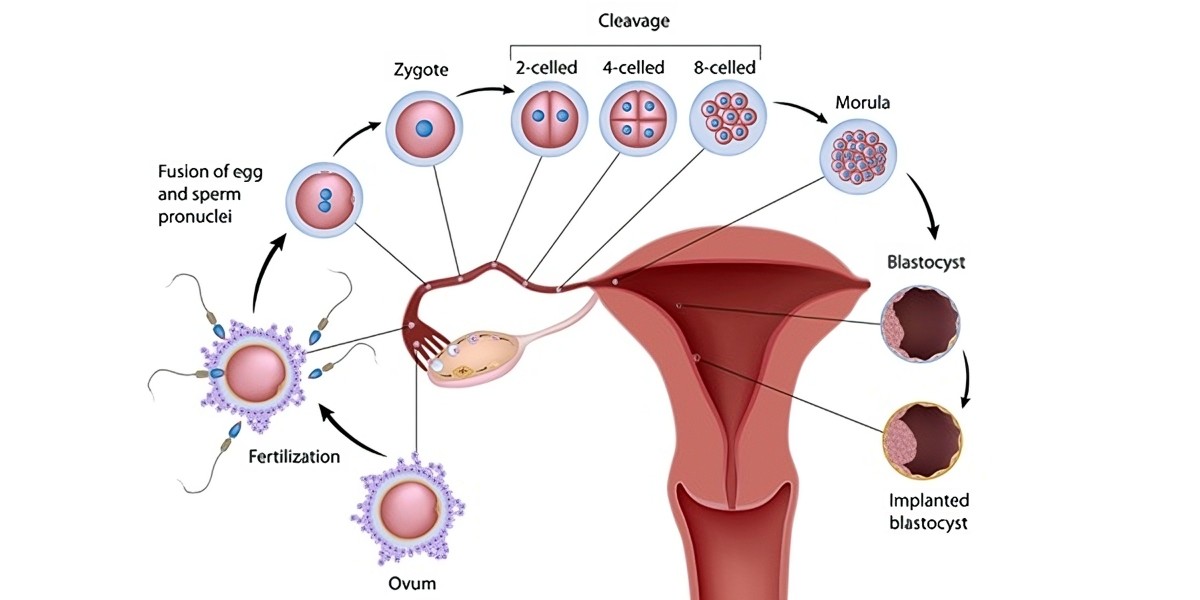Karwa Chauth is a significant Hindu festival celebrated primarily by married women in North India, who observe a day-long fast for the well-being and longevity of their husbands. Central to this auspicious occasion is the Karwa Chauth puja, a traditional ritual that involves offering prayers to the moon and seeking blessings for marital bliss and prosperity. The puja requires specific items, known as "samagri," which hold symbolic and ritualistic importance. This comprehensive guide explores the essential Karwa Chauth puja samagri, detailing their significance, traditional usage, and how they contribute to the spiritual ambiance of this revered festival.
Understanding the Significance of Karwa Chauth
Karwa Chauth is celebrated on the fourth day after the full moon in the Hindu month of Kartik (October-November). Married women observe a stringent fast from sunrise to moonrise, abstaining from food and water, as a gesture of love, devotion, and prayer for the well-being of their husbands. The day culminates with the sighting of the moon, after which the women break their fasts with a ritualistic sip of water offered by their husbands.
The Karwa Chauth puja, performed during the evening hours, is central to the festival's rituals. It involves preparing an altar or sacred space adorned with traditional items that symbolize purity, prosperity, and marital harmony. Each item, meticulously chosen and arranged, plays a crucial role in invoking blessings and ensuring the efficacy of prayers.
Essential Karwa Chauth Puja Samagri
Karwa:
Significance: A small, earthen pitcher traditionally used for storing water and symbolizing the goddess Parvati, who represents marital harmony and longevity.
Usage: Filled with water, it is adorned with vermillion and turmeric and used in rituals where prayers are offered to the moon.
Sieve (Chalni):
Significance: Represents filtering out impurities and negative influences.
Usage: Used during the puja to view the moon or husband through it before breaking the fast, symbolizing blessings and protection.
Red Cloth (Chunri/Dupatta):
Significance: Symbolizes the bride's attire and marital status.
Usage: Placed over the puja thali or altar, it enhances the auspiciousness of the ritual and signifies devotion and commitment.
Mehendi (Henna):
Significance: Decorative application symbolizing love, beauty, and marital happiness.
Usage: Applied on hands and feet of married women during Karwa Chauth as a traditional adornment and symbol of devotion.
Diya (Oil Lamp):
Significance: Represents the presence of divine light and auspiciousness.
Usage: Lit during the puja to ward off negativity and invoke blessings from deities for the well-being of the spouse.
Incense (Dhoop/Agarbatti):
Significance: Purifies the environment and creates a spiritually charged atmosphere.
Usage: Burned during the puja to enhance the ritualistic ambiance and invoke the blessings of gods and goddesses.
Rice (Akshat):
Significance: Symbolizes fertility, prosperity, and abundance.
Usage: Sprinkled over the puja items and offered during prayers as a gesture of gratitude and invocation of blessings.
Sweets (Mithai):
Significance: Represents the sweetness and joy in marital life.
Usage: Offered to deities as prasad (offering) and shared among family members after the puja as a symbol of unity and celebration.
Fruits and Nuts:
Significance: Symbolize health, longevity, and prosperity.
Usage: Offered to deities during the puja and consumed by fasting women after breaking their fasts, signifying the renewal of energy and blessings.
Kumkum (Vermillion) and Turmeric Powder (Haldi):
Significance: Represent purity, auspiciousness, and devotion.
Usage: Applied to the forehead of the goddess idol, the Karwa, and used in various rituals during the puja to invoke blessings and ward off evil.
Rituals and Practices During Karwa Chauth
The Karwa Chauth puja typically unfolds in a sequence of rituals that deepen the spiritual significance of the occasion:
Preparation: Married women meticulously clean and decorate their homes, prepare the puja thali (plate), and dress in traditional attire, often wearing red or bridal colors symbolizing auspiciousness and devotion.
Gathering of Samagri: The essential items for the puja, including Karwa, diya, incense, sweets, fruits, and other offerings, are gathered and arranged in the puja area or altar.
Offering Prayers: Women gather in groups or individually, reciting prayers and hymns dedicated to goddess Parvati and seeking her blessings for the well-being and longevity of their husbands.
Moon Sighting: The fast is broken after sighting the moon, which is viewed through a sieve. Women then offer prayers to the moon, seeking its blessings for their husbands' prosperity and longevity.
Husband's Involvement: Husbands play a pivotal role by offering water to their fasting wives, symbolizing their gratitude and support for their wives' devotion and prayers.
Contemporary Adaptations and Cultural Significance
While rooted in tradition, Karwa Chauth has evolved to embrace contemporary expressions of love, devotion, and familial bonding. In modern times, the festival reflects not only marital customs but also a celebration of togetherness and cultural heritage. Many women incorporate personalized elements into the puja, such as modern decor accents, personalized puja thalis, and innovative interpretations of traditional rituals.
Conclusion
Karwa Chauth puja samagri embodies the essence of devotion, symbolism, and cultural heritage cherished by millions of married Hindu women worldwide. The meticulous selection and use of these essential items during the puja not only uphold tradition but also deepen the spiritual connection and significance of the festival. As families come together to celebrate love, longevity, and prosperity, the Karwa Chauth puja continues to serve as a poignant reminder of the enduring bonds of marriage and the timeless rituals that enrich the fabric of Hindu culture.













